For starters, Balanchine’s “Ballo” does not cycle through the rep all that often. “The Four Temperaments” and “Symphony in C” are classics; “Ballo” is a delightful curio. It really should run more regularly. Though it is quirky, it is substantial. It was created in 1978 to suit the unique talents of Merril Ashley, who was tall and strong with precise, fast feet as well as a big jump. I’ve never actually seen a tall person dance “Ballo,” but I am happy to add Von Enck to the list of glittering petite interpreters in the company’s recent history. Von Enck effusively bounded through the technical hurdles in the choreography. Impressively, she got airtime in the straight-legged échappé hiccups in her solo. She also sliced through the air and froze for an extra fraction of a second in the quick sequences of piqués turns to arabesque plié. In the mode of Tiler Peck, she found room to breathe in lightning speed walks on pointe. And in the skipping entrance, she flapped her wrists with such ebullience that I couldn’t help but smile in the audience. Gabriel too was excellent: his battu was clear and his pirouettes were smooth. Together, they had a joyful rapport.
Also promising was the quartet of soloists behind them. India Bradley, Meaghan Dutton-O’Hara, Baily Jones, and Mary Thomas MacKinnon were wonderful in their fleet waltzing solos. The statuesque MacKinnon hovered in the air in the quick finale pas de chats. Maybe one day she could be the first tall woman in decades to take a stab at the lead? The corps of twelve looked sharp too, energetically attacking the funny hand-spinning and prancing motifs. Their tight unison served as a pleasant reminder to me to try to see more ballets at the ends of their runs, when they’ve gelled.
Gabriel did unexpected double duty, reappearing at the end of the show as a last-minute replacement in Robbins’s spoof ballet “The Concert.” He capably transformed from hero-mode into a cowering nerd (I always think of Rick Moranis in Ghostbusters). But “The Concert” was more uneven than “Ballo.” The cast did not hold some of the silent comedy bits long enough for all the stages of the jokes to register. Alexa Maxwell was engaging as the goofy ballerina, however, and Mary Elizabeth Sell gave good outrage as her wifely foil. Harrison Coll, as the put-upon husband, looked too young and spry for the geezer bits to really land, but his winsome silliness in the butterfly finale won me over.


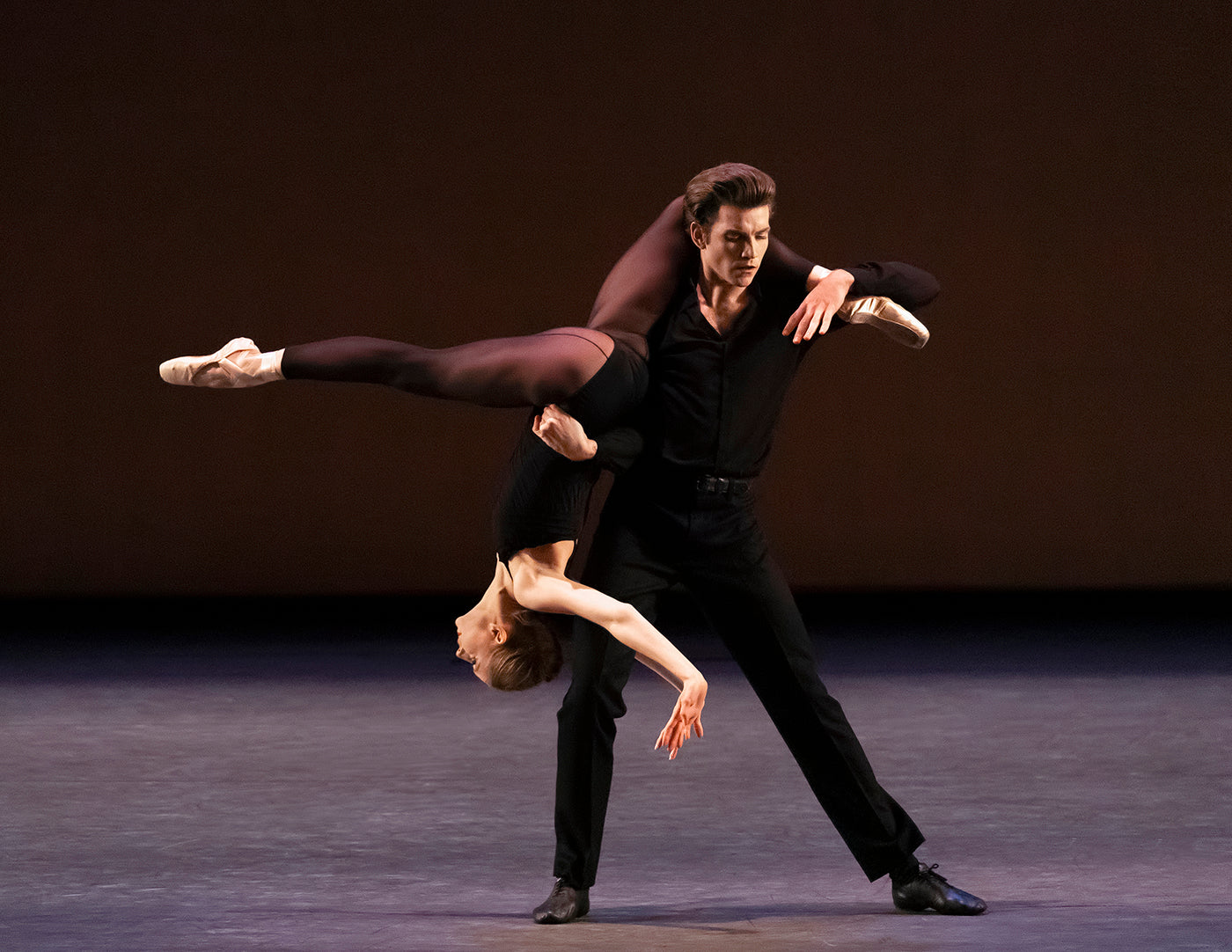


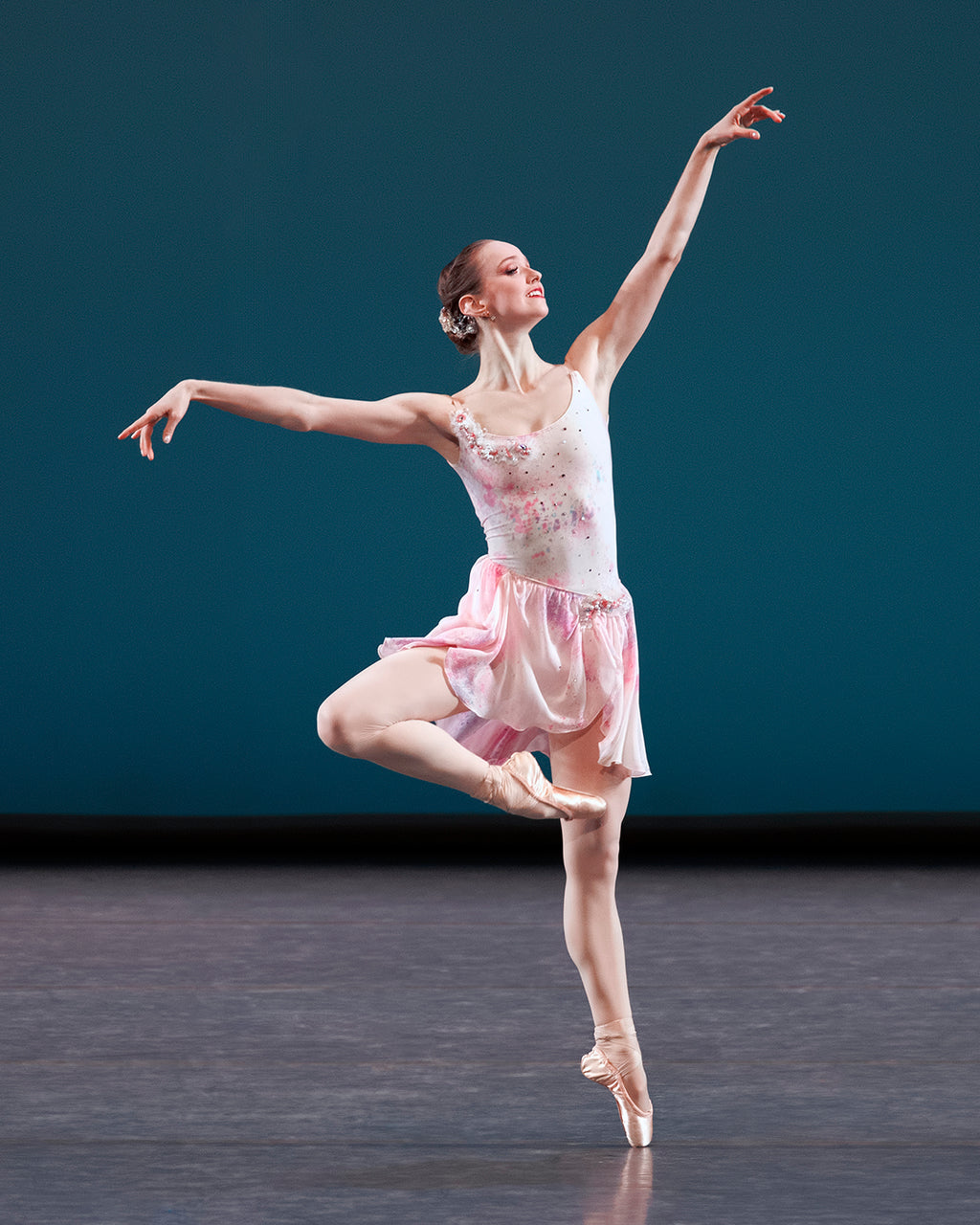
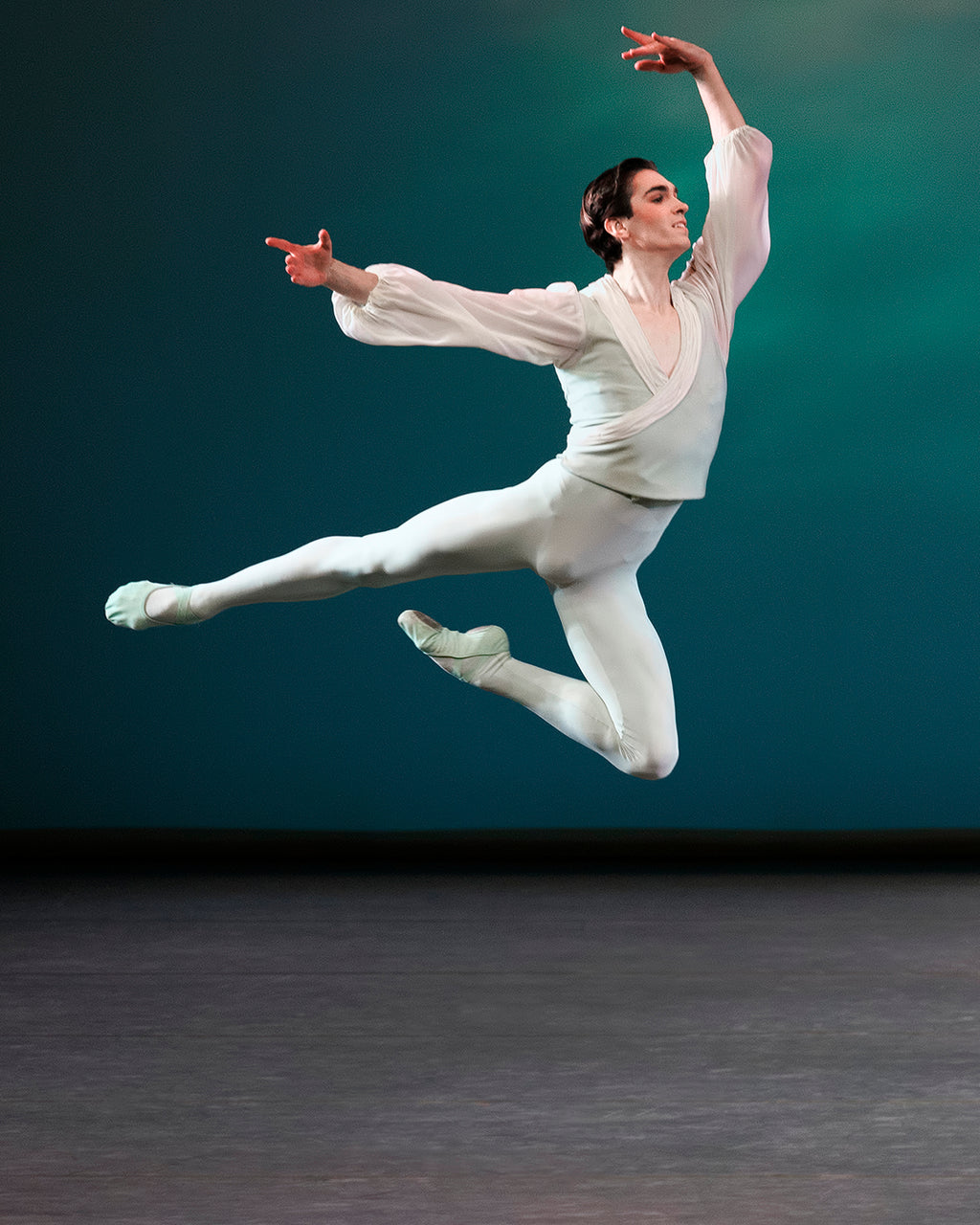
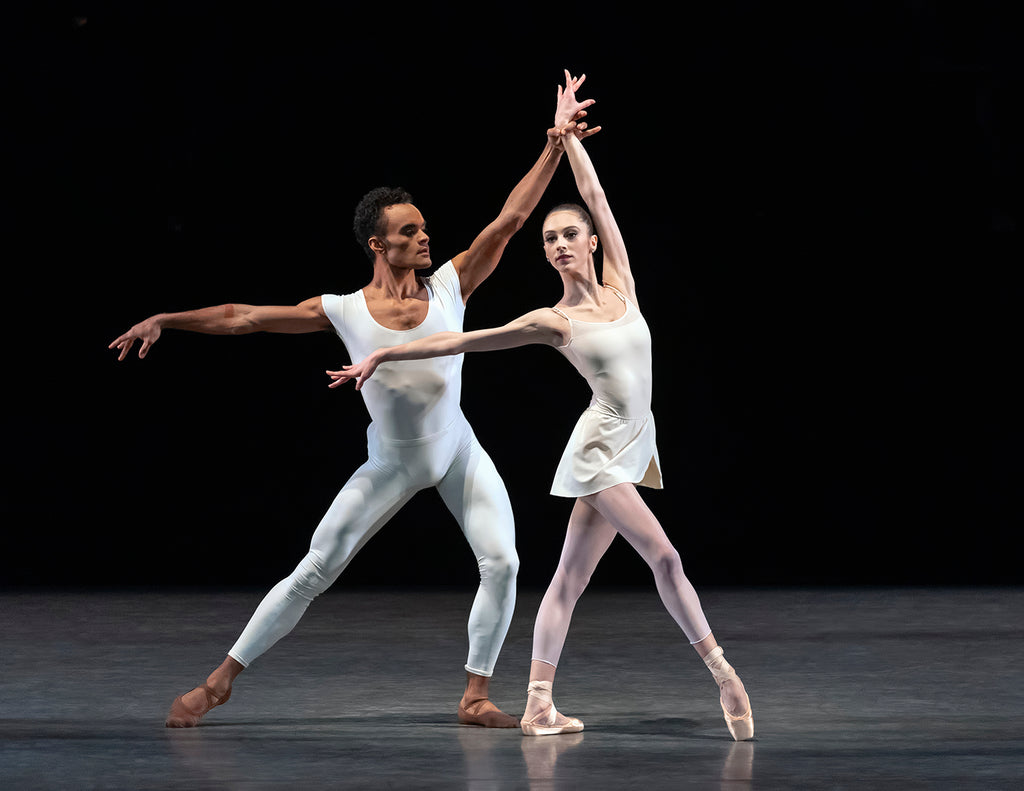
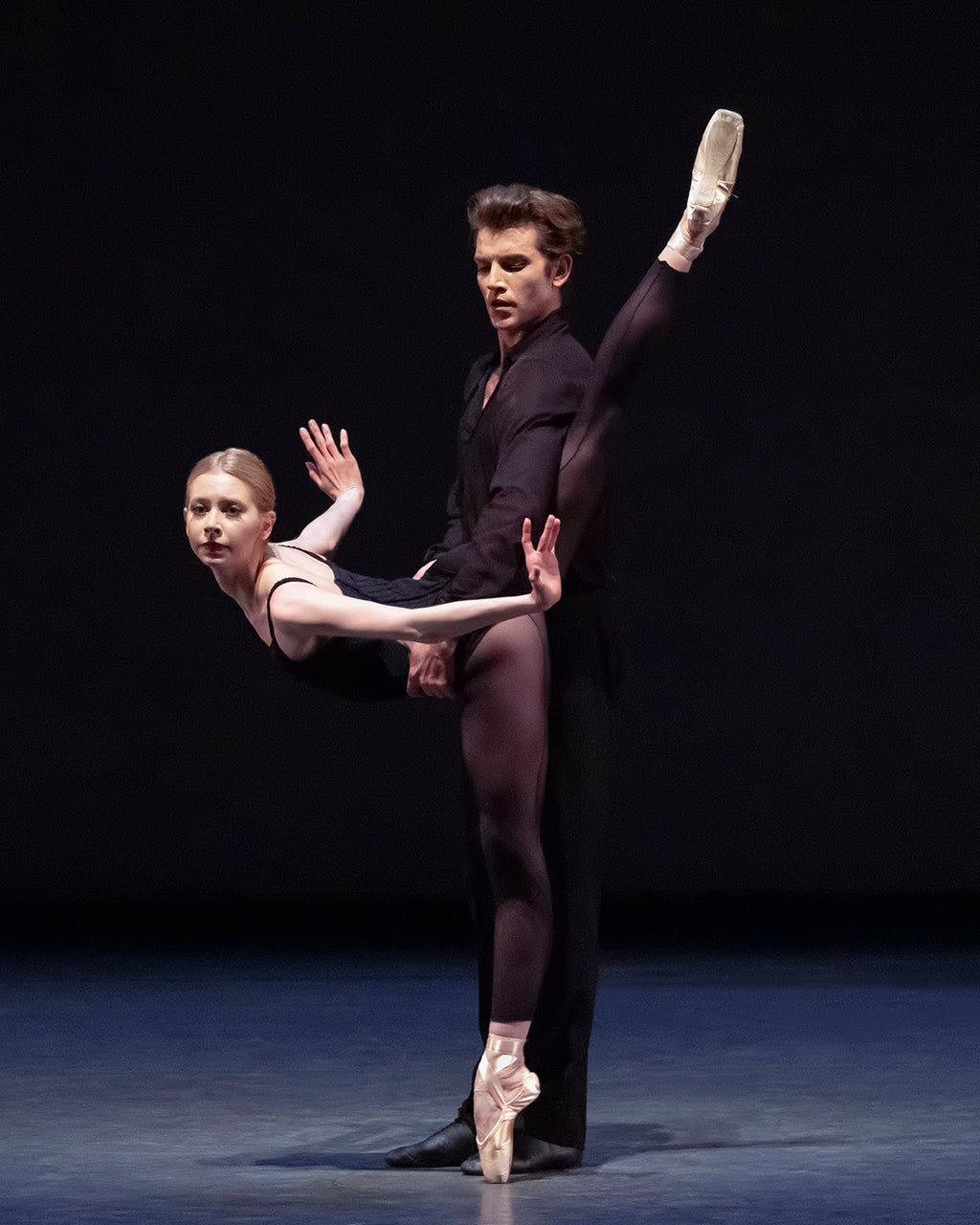




Albert Evans was a beautiful dancer and a wonderful person. After retirement he continued to contribute to the company as a Ballet Master. Including his ballet in the program was great.